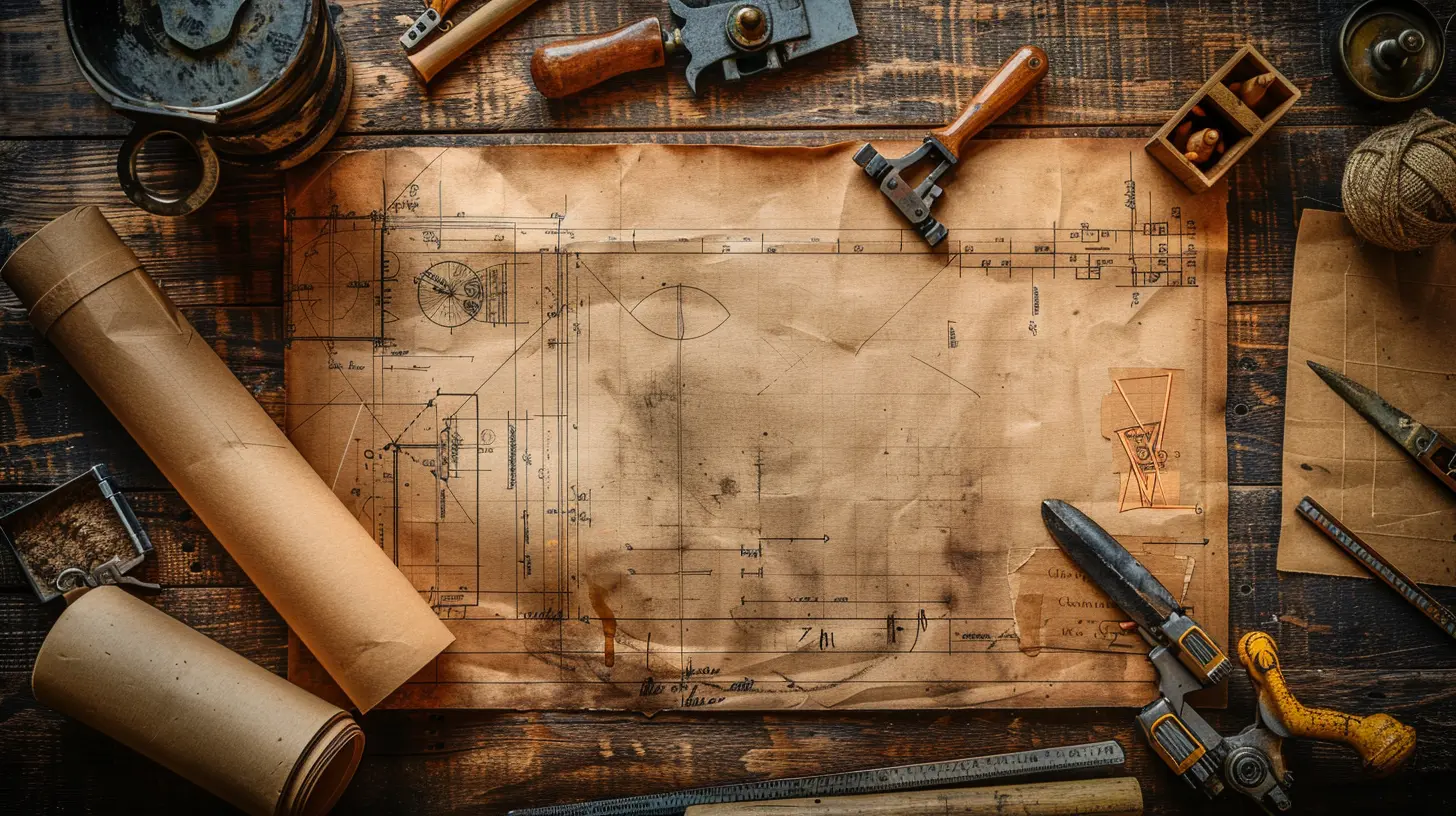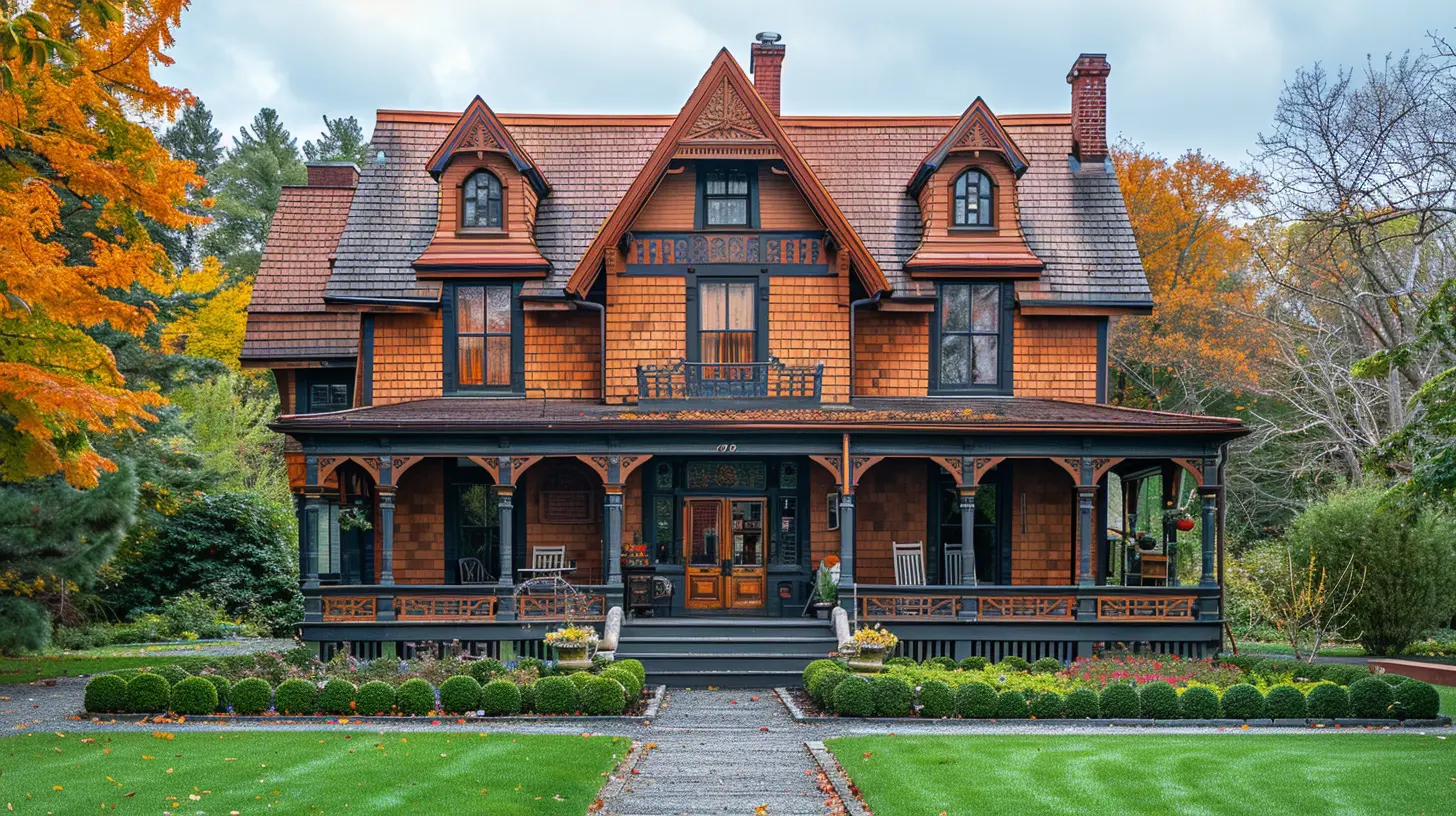The Role of Craftsmanship in Historic Home Construction
20 November 2025
When you walk into a historic home, there's an undeniable charm—those intricate wood carvings, hand-hewn beams, and beautifully detailed moldings tell a story of a time when every nail, board, and brick was placed with intention. But have you ever wondered what makes these homes stand the test of time? It's craftsmanship.
Unlike today's mass-produced homes, historic homes were built by artisans who poured their expertise, time, and heart into every detail. Let’s dive into the fascinating role of craftsmanship in historic home construction and why it still matters today.
1. The Heart and Soul of Historic Homes
Craftsmanship isn't just about building a home—it's about creating a legacy. Back in the day, homes weren’t just constructed to provide shelter; they were designed to showcase skill, artistry, and attention to detail. Skilled artisans spent years perfecting their trade, ensuring that every element of a home was structurally sound and aesthetically pleasing.Attention to Detail
From intricate crown moldings to custom-built staircases, every piece of a historic home was carefully crafted by hand. These details added not only beauty but also character—something that’s often missing in modern construction.Quality Over Speed
Unlike today’s fast-paced, cookie-cutter homebuilding methods, historic homes were built to last. Builders took their time, using high-quality materials and traditional techniques. The result? Homes that have withstood decades, sometimes centuries, of wear and tear.
2. Masterful Techniques That Defined Historic Homes
Historic homes weren’t just thrown together with prefabricated materials—they were built using techniques that required skill and patience.Timber Framing
One of the oldest home construction methods, timber framing involved crafting large wooden beams and securing them with wooden pegs instead of nails. This method resulted in incredibly durable structures that still stand today.Hand-Carved Woodwork
From decorative corbels and balusters to ornate trims and mantels, historic homes were filled with craftsmanship that was completely done by hand. Unlike modern machine-cut moldings, each piece was unique—a true work of art.Mortise and Tenon Joinery
A time-honored woodworking technique, mortise and tenon joinery involved fitting a rectangular hole (the mortise) with a corresponding projecting piece (the tenon). This method created incredibly strong structural joints, ensuring homes remained sturdy for generations.
3. Materials That Stood the Test of Time
Another key factor in the longevity of historic homes is the superior materials used. Unlike many modern construction materials, which prioritize affordability and convenience, historic builders carefully selected materials known for their durability.Solid Wood
Historic homes were often built using old-growth timber, a dense, high-quality wood that’s far superior to today’s fast-grown lumber. This made wooden elements of the home incredibly strong and resistant to decay.Natural Stone and Brick
Many historic homes were constructed with locally sourced stone or hand-formed bricks, giving them a solid foundation that could withstand the elements for centuries. Unlike modern concrete blocks, these materials aged beautifully, developing a rich patina over time.Lime-Based Plaster
Instead of drywall, historic homes often featured walls made from lime-based plaster over wooden lath. This material was breathable, meaning it allowed moisture to escape, preventing mold and mildew issues that often plague newer homes.
4. Why Craftsmanship Still Matters Today
With the rise of mass-produced homes, the art of craftsmanship has started to fade. However, that doesn’t mean it’s obsolete. If anything, the appreciation for handcrafted details is making a comeback in modern home building and renovation.Increased Home Value
A home with well-crafted details and high-quality materials tends to appreciate in value over time. Buyers recognize and appreciate craftsmanship, making historic homes more desirable than those built using low-cost, mass-production techniques.Sustainability and Longevity
A well-built home lasts for generations, reducing the need for costly repairs and replacements. Unlike today’s disposable mindset, historic construction was rooted in longevity and sustainability—concepts that are becoming increasingly important in modern design.Unique Character
Let’s be honest—most new homes lack personality. They all start to look the same after a while. Historic homes, on the other hand, are full of quirks and distinctive features that make them one-of-a-kind. The craftsmanship gives them an irreplaceable charm that modern homes struggle to replicate.5. Restoring and Preserving Historic Craftsmanship
If you own or dream of owning a historic home, preserving its original craftsmanship is essential. But how do you do it without compromising its integrity?Work with Skilled Craftsmen
Not every contractor understands the intricacies of historic homes. When tackling renovations, seek out artisans who specialize in historic restoration—they’ll know how to maintain the integrity of the home while ensuring structural soundness.Use Authentic Materials
When restoring a historic property, opt for period-appropriate materials. While modern substitutes may be cheaper, they can diminish the home's authentic character and longevity.Maintain Instead of Replace
Rather than tearing out original features, preserve them whenever possible. For instance, refinishing wood floors or repairing plaster walls maintains the craftsmanship while giving the home a refreshed look.6. Will We See a Return to Craftsmanship in Modern Construction?
As people grow tired of cookie-cutter homes, there’s a noticeable shift towards craftsmanship in modern construction. Homeowners and builders alike are starting to value timeless techniques, sustainable materials, and handcrafted details once again.Custom-built homes, artisanal woodwork, and high-quality materials are no longer just for historic properties—they are becoming desirable features in new construction as well. While we may never fully return to the craftsmanship of the past, there’s hope that its influence will shape the future of homebuilding.
Final Thoughts
Craftsmanship is the backbone of historic home construction. It’s what makes these homes last, what gives them character, and what sets them apart from today’s mass-produced houses. From meticulously hand-carved details to time-tested construction techniques, these homes were built with care, patience, and unparalleled skill.Whether you're admiring a historic home from afar or restoring one brick by brick, take a moment to appreciate the artistry that went into its creation. Because at the end of the day, craftsmanship isn’t just about building houses—it’s about building history.
all images in this post were generated using AI tools
Category:
Historic HomesAuthor:

Kingston Estes

